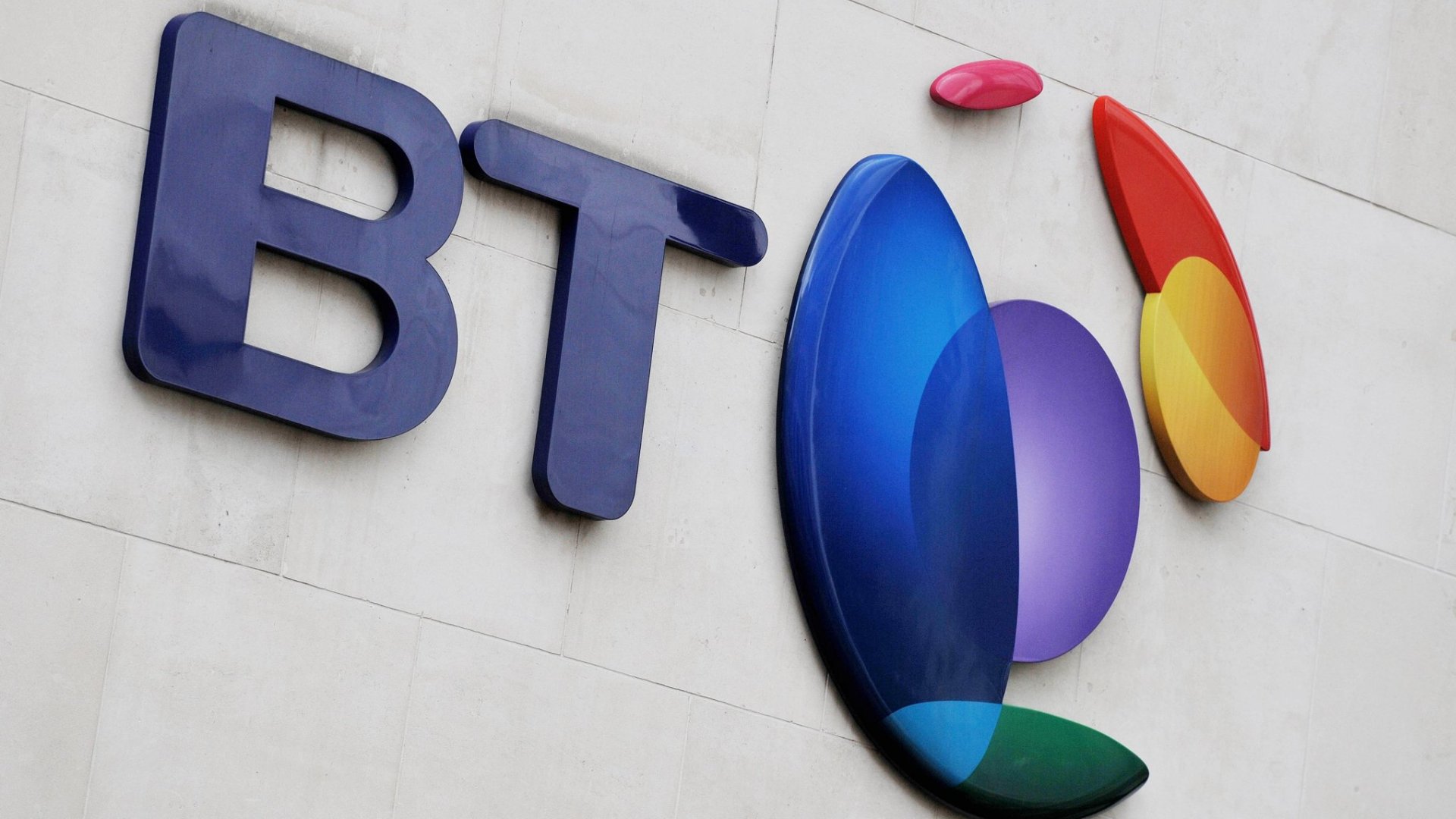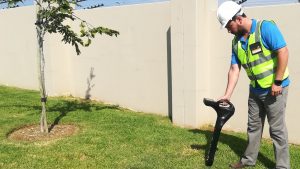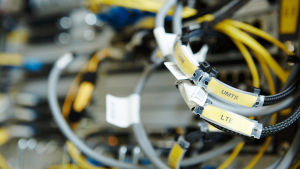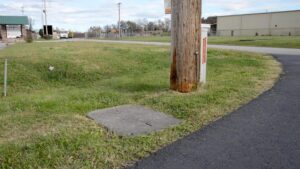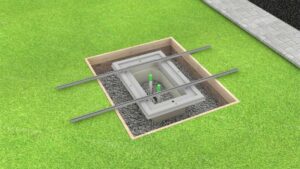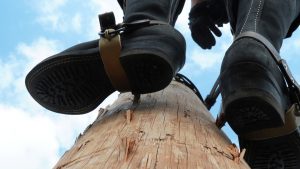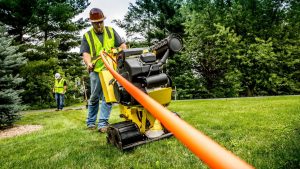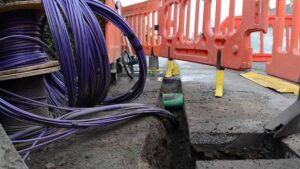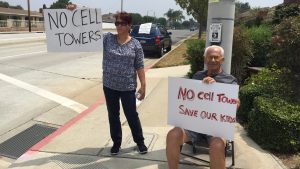In order to understand the role that BT network transmission systems play within the telecommunications network, it is useful to describe the overall structure and use of the network. A telecommunications network comprises two main parts.
The core network, comprising a large number of buildings (mostly telephone exchanges) connected together by transmission systems and the local or access network comprising copper and some fibre cables connecting individual customer premises into the core network at the local telephone exchange building.
Although BT network is the largest and serves the entire country each telecommunications network company has its own core network and its own access network.
However, it is impractical for other competing operators to completely replicate the scale of BT network, so they may rely on acquiring capacity or facilities from BT or other operators in order to construct their desired network.
So a competing operator may construct its own small fibre network connecting the major cities and rely on other means to connect to areas and customers ‘off-network’.
Many operators start by constructing a ‘figure of 8’ network connecting, typically, London, Bristol, Birmingham, Manchester and Leeds; paralleling the early deployment of both canals in the 18th century and railways in the 19th century.
The core network
In the core network, the most usual transmission medium is optical fibre, which comprises a length of very pure glass, about the thickness of a human hair, capable of carrying light signals over a considerable distance (100s of kms). Other transmission media are sometimes used, such as microwave radio or satellites.
In the case of optical fibre, the transmitter consists of a laser which generates a strong pure light source, while the receiver consists of a light detector which indicates the presence or absence of light signals.
The fibre optic system works by rapidly switching the light source on and off, many millions of times a second, thereby producing a system capable of conveying a digital information stream, that is, a stream of signals representing the binary states 1 and 0 (on/off).
Information, be it voice, video or data is coded into a digital form prior to transmission. Individual fibre strands are protected by a plastic sheath and then bundled together in groups of between typically 24 and 96 to form a fibre cable, with its own outer sheath and strengthening core. Each strand is isolated from the others and capable of separate use.
Sometimes the network of cables is organized into sets of discrete hierarchical rings and sometimes in a less structured mesh. At the ends of the fibre systems, including those at points round the ring structures, the light signals are converted back into electrical signals and connected to a multiplexer.
The function of the multiplexer is to allow many separate individual circuits (which may be carrying individual telephone calls or private circuits) to share the capacity provided by the individual fibre. This is possible because the fibre cable may provide for, say, 10 Gigabits per second (Gbit/s) to be conveyed, whereas a single telephone call only occupies 64kbit/s.
Such a system could therefore convey over 150,000 separate simultaneous calls. This capacity sharing is achieved by the technique of Time Division Multiplexing, whereby each call or circuit is allowed in turn to transmit 8 bits on the fibre every 125 micro-seconds.
The BT core network comprises around 5500 telephone exchanges connected together by fibre optic systems. This extensive network then connects to around 350 buildings where regional and trunk networks are focused.
Other core networks are much smaller and may only use about 5-40 exchanges and a few hundred ‘points of presence’ where connection from customers is made via their own access circuits or by renting circuits from other operators.
The local or access network
The purpose of the local or access network is to connect individual customers to the nearest suitable point on the corer network, often the local telephone exchange. There are three broad types of access network:
- BT network, covering virtually every home and office in the country and largely made up of copper cables, but with fibre links for serving larger businesses.
- Competitor networks focusing on business customers, almost exclusively comprising fibre cables, with some use of microwave radio.
- The Cable TV company networks, which also provide telephony and other telecom services, which comprise a hybrid network of fibre cables with final delivery via copper coaxial or pair cables.
The BT access network mainly comprises copper cables stretching from the telephone exchange out to individual homes and offices.
It is structured in a ‘tree and branch’ manner, with very large cables, of up to 4800 copper pairs, extending from the exchange Main Distribution Frame (MDF) through underground ducts, to roadside cabinets, known as Primary Cross-connect Points (PCPs).
At the PCP, individual copper pairs are cross-connected to others in smaller cables that then radiate out to many individual Distribution Points (DPs). A DP will typically be sited at the top of a telephone pole or within larger office buildings.
Residential
From the DP, individual copper pairs are delivered to each home, in the case of a telephone pole sited DP, this will be via a drop-wire, strung between the pole and the home. The pair of copper wires is often called the copper loop.
The outcome of this structure is to provide for every customer a pair of copper wires that act as a single pair of electrical conductors from their abode to the telephone exchange building, where they are terminated on the Main Distribution Frame (MDF).
From there, the pairs are connected either to the telephone exchange equipment or to other telecommunications apparatus provided for other types of service, such as data services or private circuits.
Large Office Buildings
In the case of large office buildings which have large demands for telecommunication services, fibre cables may be provided instead of copper, as the revenue may justify the higher capital expenditure.
An important distinction between the core network and the access network is that the former comprises mainly high capacity transmission systems shared across many types of use, while the latter is mainly low capacity wires, each dedicated to a single customer.
The other business focused companies (e.g. Cable & Wireless & VERIZON BUSINESS) may have extensive own-build access fibre networks in London and other major cities, but typically will otherwise provide their own fibre access links to customers only where the demand justifies the bespoke construction.
Unlike the copper pairs used to deliver a single telephone line, these fibre cables, like those used in core networks, can handle many separate circuits and services and generate much higher revenues, often for corporate data services rather than plain telephony.

